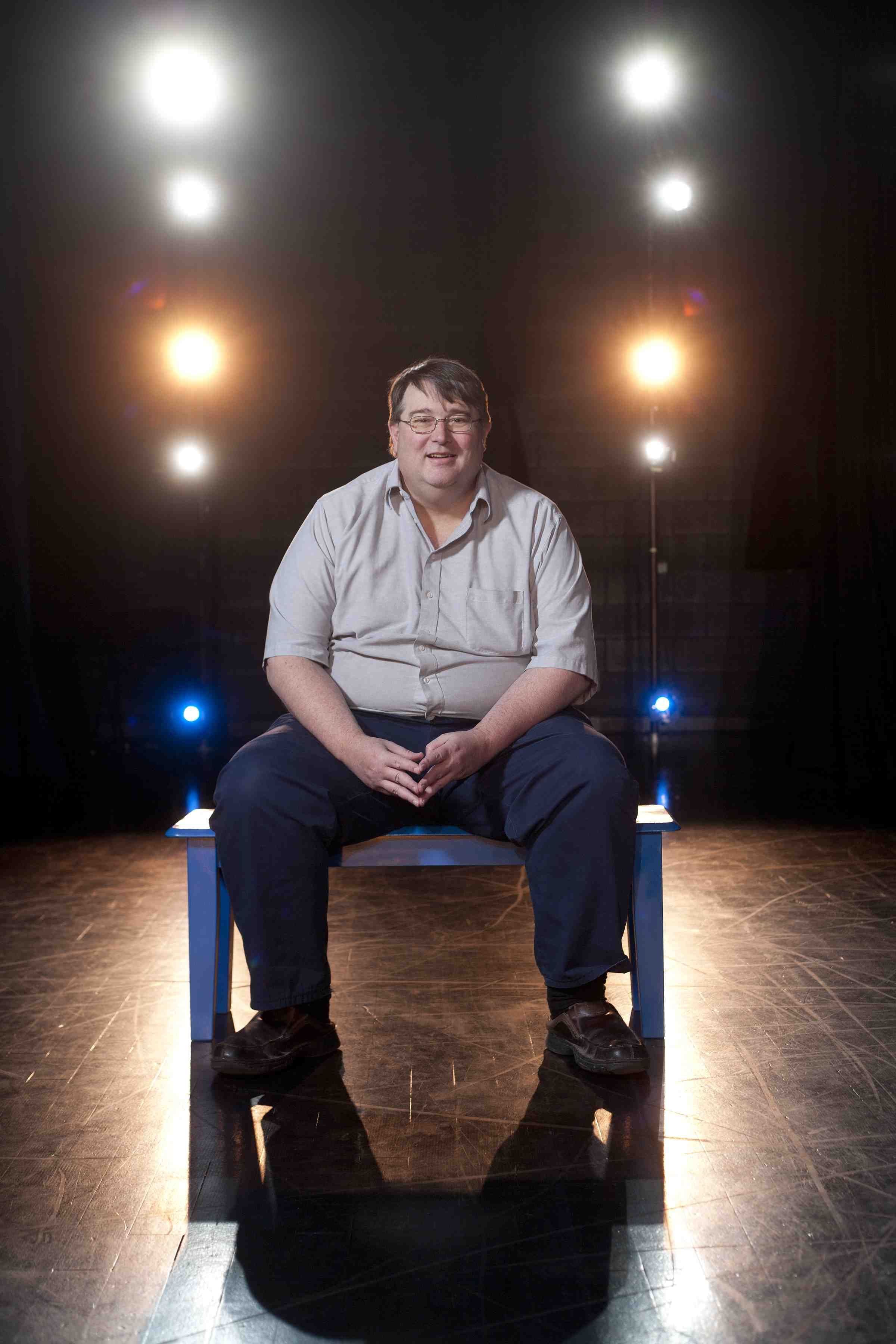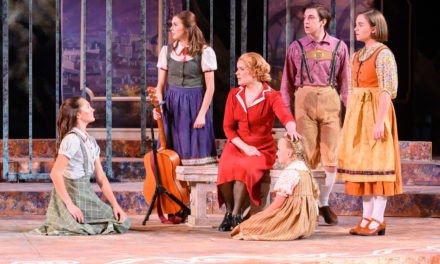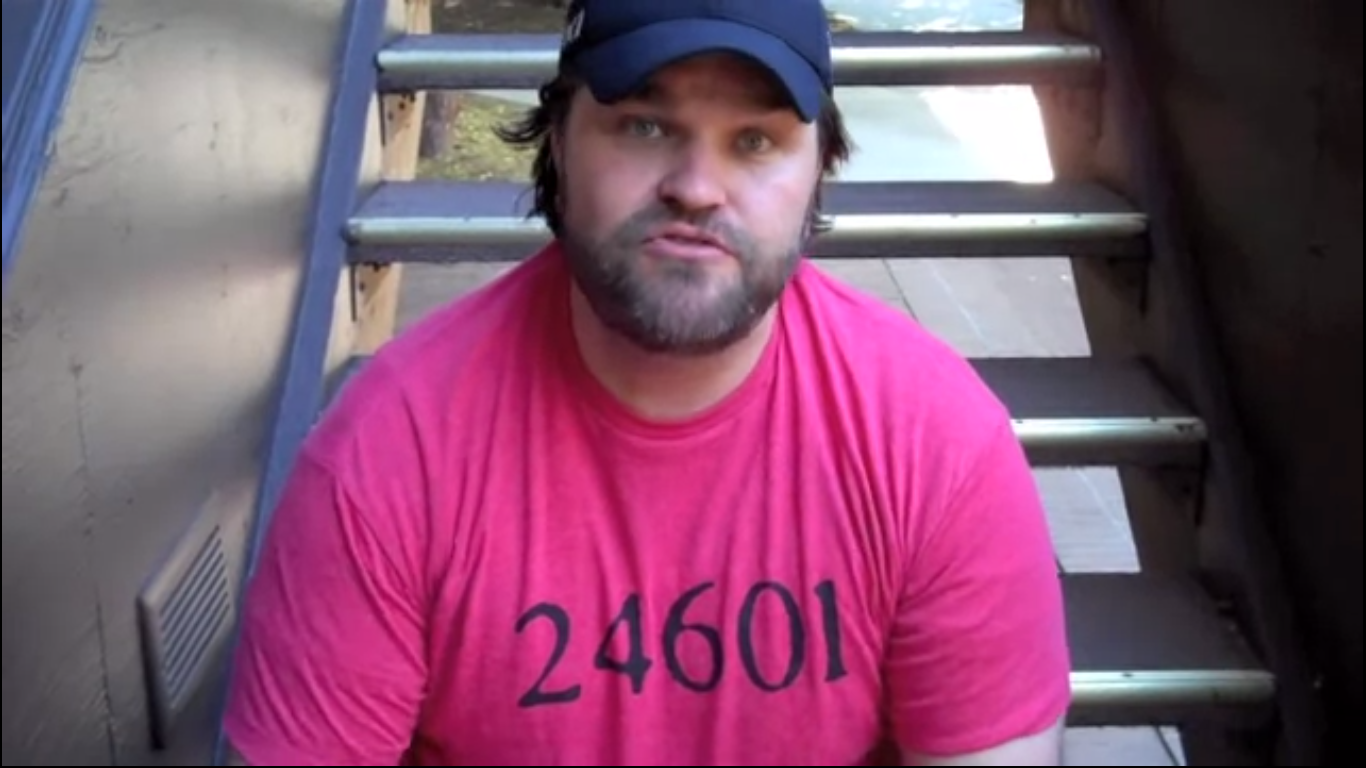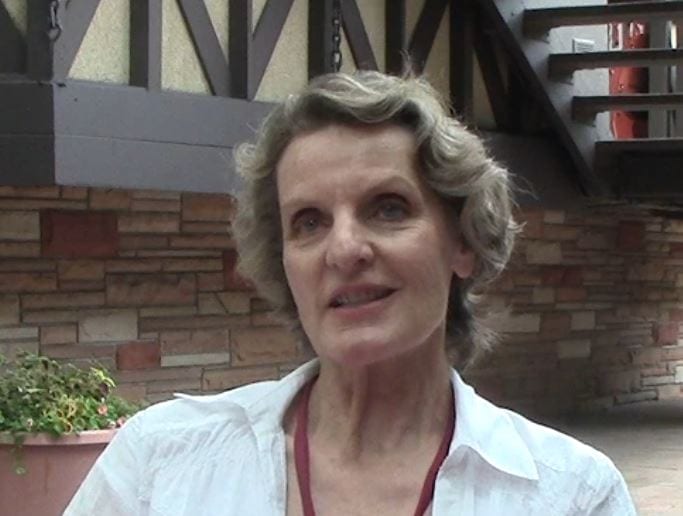The almost 15-year artistic relationship between Plan-B Theatre Company and Eric Samuelsen has created a truly remarkable canon of work exemplifying Plan-B’s mission to foster unique work from local playwrights. Seven of the eighty-three world premiere productions from the company have been full plays by Samuelsen, who has also contributed pieces to eight SLAM! productions, the Script-in-Hand Series, and most recently the 2015 Rose Exposed event with a play entitled Dreamers. The 2013/14 season was called “The Season of Eric” and brought audiences the diverse productions 3, Clearing Bombs, Nothing Personal, and RADIO HOUR: Fairyana in addition to previous notable productions Amerigo, Miasma, and Borderlands. Opening Plan-B’s 25th season is Samuelsen’s The Kreutzer Sonata, a second collaboration (the first being Stravinsky’s A Soldier’s Tale adapted by Matthew Ivan Bennett in 2103) between Plan-B and the NOVA Chamber Music Series based on Tolstoy which tells a sinister tale of madness, passion, and revenge fueled by Beethoven’s Violin Sonata No. 9. Here, Mr. Samuelsen shares some theatrical wisdom and sheds some light on how an uncharacteristically dark play came to light.
Why theatre? Why playwriting over other aspects of performing arts?
SAMUELSEN: Why Theatre? Well, I grew up with it. My father was (and is) an opera singer. So when I was a kid, my mom would take me to see all his performances, and I even acted occasionally in small, non-singing extras roles. Then, in high school, I got cast in a show, and was totally hooked on theatre as an art form.
In college, I knew that I absolutely had to spend my life working in the theatre. And I learned, soon enough, that I just didn’t have the requisite talent to be an actor, or a designer. I loved the scholarly realm, and got my PhD from Indiana in Theatre History/Dramatic Literature. But performance was still in my blood, and so I wrote plays, and was fortunate enough to get them produced. And learned that sitting in a theater while actors perform your play is the most exhilarating and frightening experience in mortality.
I had to take a directing class in grad school, and the play I directed turned out to be a terrible experience. I hated everything about the process, and the cast cordially loathed me, and told me so. But a few months later, a friend, who had started a small theatre in Indiana was desperate for a director, and asked if I could help him out. I took the gig, and decided to do the exact opposite of everything I’d done the previous time I’d directed. And had a wonderful experience. I gradually grew to love directing as much as writing.
You have stated that you are “an Ibsen guy” and you have translated versions of Ghosts and A Doll House for Plan-B’s Script-in-Hand series. What is it about Ibsen that brings you back again and again?
SAMUELSEN: I love Ibsen for his courage, and for his uncompromising human honesty. He told the truth, no matter what it cost him; not in some metaphysical sense, but in a personal sense. I also love his sense of structure. He built those plays like skyscrapers; everything holds together, every payoff has a set up, every set up, a payoff.
What gets a new play started for you? Is the idea sparked by an image, an event, a theme, or a character? What then feeds it as it grows?
SAMUELSEN: I have no idea where the ideas come from. I just hope they never stop!
I will say this; I get ideas for plays all the time, and most of the time, they don’t turn into anything. But if I get a spark, and I think ‘this terrifies me, I could get into trouble for this, I’m afraid to work on this,’ then I know that I have to write that play. Artists always have to do the things that frighten us.
The Kreutzer Sonata is darker than what you have written for Plan-B in the past. What brought you to a more macabre story?
SAMUELSEN: Kreutzer was, initially, a collaboration and a commission. Jerry Rapier, the performing director of Plan-B Theatre in Salt Lake, knew of the Tolstoy novella, and had formed a relationship with Jason Hardink, pianist, who partners with Kathryn Eberle, performing all the Beethoven violin sonatas for the Nova Chamber Music series. I don’t know whose idea it was, but Jerry involved me early on, asking if I knew the Tolstoy piece. I didn’t know it, but read it, and was hooked. I loved the piece. It reminded me a lot of Strindberg’s novel Inferno– also about a guy going mad while trapped in a terrible marriage. (In both works, the guy is at fault almost completely!). But I especially loved the idea of experimenting with a live performance of the Beethoven piece, incorporating a one-actor play adaptation of the novella. I had never heard of anyone doing that before, and I thought, well, this is just too exciting, I have to be involved in this. It scared me, right? So obviously I had to do it.
Pozdnyashev, the guy, is a tough character to capture on-stage, of course, because he is- let’s face it- a dreadful man who does a terrible, unforgivable thing. It’s a dark piece, about a dark character. To be honest, though, from the beginning, I felt sorry for him. He’s paranoid, violent, self-pitying, selfish. But he’s also brutally honest about his own culture, its disgusting sexism, the way it limits opportunities for women, and the sexual double-standard. He takes full advantage of that double-standard, of course, in the most ruthless way, but at least he knows he’s doing something horrible. That self-knowledge is what I tried to play up.
Music is integral to the plot of The Kreutzer Sonata. How does music influence your process?
SAMUELSEN: I grew up with music, and I love music. And I simply cannot write without the right music playing on my computer. So with this piece, obviously, I had to listen to Beethoven, right? Over and over, the Beethoven sonata. And I did three or four drafts, and felt pretty good about them.
And then we had an opportunity to see a rehearsal-actually, kind of a private performance of the sonata by Jason and Kathryn in a huge opera rehearsal hall. Just the two musicians- plus me, Jerry, our actor, Scott, and my daughter, who drove me. And I was blown away by it. I was taken with the sheer kinetic power of the piece in live performance, the physicality of it. I literally couldn’t sit in my seat. And when they were finished, I realized that my latest draft of the play was dead wrong, completely wrong.
So I went back to work, and this time, I didn’t listen to Beethoven. Nowadays, when we hear the Masters-Beethoven, Mozart, Brahms, even Liszt, all those amazing radicals-we have this aesthetic distance, we react passively: ‘oh, that was lovely, that was beautiful.’ We don’t FEEL the music. So I needed new music, and I went back to punk, to the Sex Pistols and the Clash and the Ramones. Stuff with some snarl to it. Then to rap, Kendrick Lamar, that kind of thing. And then, with that music playing, I could write the play, and I kept maybe 2% of the draft that I’d thought was finished.
For Kreutzer to work, we have to hear Beethoven the way Pozdnyashev hears it. We have to recapture at least a fraction of its power, its pure visceral sock-you-between-your-eyes edge. And the writing has to help audiences get there. I hope we manage it.
What or who do you consider your major influences?
SAMUELSEN: Ibsen, obviously, and Strindberg. Angels in America, and Tony Kushner generally-seeing Angels in New York changed my life. David Foster Wallace, the novelist-I read Infinite Jest at least once a year. Believe it or not, Bill James, the baseball writer.
You are an outspoken man of faith and a recognizable member of the LDS church. Through your plays and through your blog, Mormon Iconoclast, you have discussed and explored some of the more publicized goings on in LDS culture. How do you achieve balance while being in both the LDS and theatre worlds? Have the ongoing stories with controversial members like Kate Kelly or John Dehlin had any impact on what you are dramatizing?
SAMUELSEN: Ah, yes, how Mormonism influences my theatre work.
First of all, I make a distinction between Mormon theology, Mormon worship, and Mormon culture. When I go to church, and I go every Sunday, I love the sense of communion with my brothers and sisters. I love my ward, and I think I would love any ward in which I happened to find myself. I love the opportunities for service. (I’m ward music chair right now, and get the wonderful privilege of picking the hymns every Sunday; what a joy!). I love to read the scriptures, and to pray.
And I love our theology. I love the idea of eternal progression. I love the notion of a female Deity. I love the fearlessness of Joseph Smith’s theology.
There are, of course, deeply troubling aspects of our history. But I never expect Church leaders of the past to have been perfect, nor do I expect perfection from our leaders today. I think they are capable of making really serious mistakes. The exclusion of black people from the priesthood was obviously a horrendous mistake-I don’t think it was ever inspired, or ever anything but a mistake. Mainstream white middle-class conservative American culture from the early 19th century through the end of the 20th century was racist. (I think it’s still pretty racist, frankly–look at the Trump campaign). I think that policy reflected that racism, was a product of fear and mainstream cultural values. What’s remarkable about President Kimball is his courage. He asked. He refused to stop asking. And the result was transcendence, a genuine communication with Deity. That’s a remarkable thing.
Mormon culture today does, to some extent, reflect the best, most inspired parts of Mormon theology. But it also reflects the worst elements of modern mainstream conservative American middle-class culture, as well, of course, the best elements of that culture.
So as a Mormon, as a liberal, and as an artist, I feel that my task is to reflect the best expressions of my own culture, and either ignore or- very occasionally and carefully- even attack the most retrograde aspects of that culture. Homophobia is clearly the new racism-it’s the thing we have to overcome. And sexism- it just has no place in the exalted doctrines of salvation.
And some of my work has challenged mainstream culture. Certainly, I would never think ‘should my characters use that kind of language, as a Mormon, should I write that kind of dialogue?’ Those kinds of cultural considerations aren’t any part of my process. There was a time when I did self-censor; it held me back artistically, and with great personal difficulty, I discarded it. And feel great about doing so. And felt absolutely comfortable in my relationship with my Heavenly Father afterwards.
If there are words your characters can’t say, then there are thoughts they can’t think, and emotions they can’t feel. And we end up writing less truthfully than we should.
What makes a play a “success” for you?
SAMUELSEN: A play is a success if the audience members can’t get it out of their heads. A play is a success if the conversation in the car on the way home is as provocative and challenging as the play tried to be.
What would be your dream project?
SAMUELSEN: Dream project. Well, I think it would be great if Utah County had a theatre company as progressive and fearless as Plan-B manages to be in Salt Lake.
If you could pick any play, which one would you love to direct or be involved with producing?
SAMUELSEN: If I could pick any play . . . I would say two. Ibsen’s play Brand. I wrote my dissertation on it, and have always loved it. Uncompromising, severe, a big block of granite. I guess I’d also have to do Peer Gynt. It was the companion piece to Brand. Brand, a tragedy, Peer Gynt a comedy, Brand about a too-rigid guy, incapable of compromise, Peer, a guy with no moral center at all, who never does anything but compromise.
Also, perhaps, the musical Assassins. Love Sondheim.
Who are some playwrights you follow and think should get more attention?
SAMUELSEN: Melissa Leilani Larson. Morag Shepherd. Matthew Greene. Three of the most exciting young voices in contemporary theatre.
Whose work would you encourage developing playwrights to study?
SAMUELSEN: Oh, man, I don’t know. Just read, all the time. See as much theatre as you can, and if a play offends you, see it twice. (David Foster) Wallace, maybe, especially the essays.
What is next artistically for you?
SAMUELSEN: Well, I’ve got a new play, just finished a draft and had a reading. It’s about Rain in His Face, an important Native American figure of the late 19th century. The subject completely terrifies me; so I had to write it. And I got an idea for a play this morning, which I may or may not work on. Someone should write about Julie Rowe, don’t you think?






